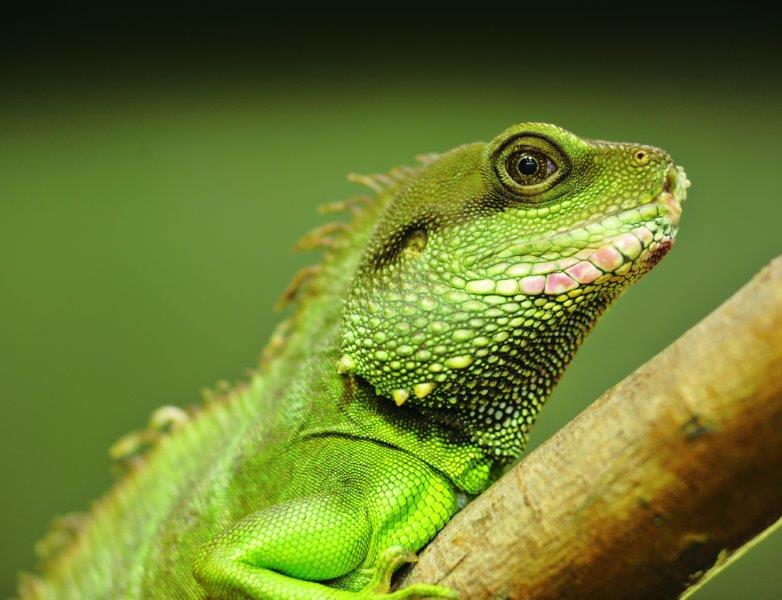Iguana in Attic
 One of the very common calls that we receive in the South Florida region that we operate in is calls for Iguanas in the attic. It is a VERY common occurrence in the southern part of the state. The amount of destruction that can be done by one of these reptiles in a confined attic portion of the home is unbelievable. On this page, we will attempt to explain why this occurs and what are some of the proper things that can be done to solve the iguana in the attic problem that plaques some south Florida homes.
One of the very common calls that we receive in the South Florida region that we operate in is calls for Iguanas in the attic. It is a VERY common occurrence in the southern part of the state. The amount of destruction that can be done by one of these reptiles in a confined attic portion of the home is unbelievable. On this page, we will attempt to explain why this occurs and what are some of the proper things that can be done to solve the iguana in the attic problem that plaques some south Florida homes.
Why are iguanas in my attic?
The reason that iguanas are in these attic areas of homes in south Florida is the attic provides several things that is important in the survival of iguanas.The attic provides shelter for the iguana to escape the elements, such as wind and rain. It also protects the iguana from times when they are susceptible to predators, which is night time, when there is no sunshine. (remember, iguanas are cold blooded creatures and they pull their heat source from objects or the sun) Iguanas do not have very many natural predators which is the reason they are so abundant. Raccoons are a predator of iguanas in south Florida, but that is the only common animal that prey on them, they have other predators that are less common such as the Burmese Python. But this is a very unlikely answer to your iguana in the attic problem.
How do I treat this problem?
The treatment for these and any other type of reptile in your attic problem is very simple, you must have a wildlife exclusion done. A wildlife exclusion is the systematic sealing of any home or building to keep wildlife away. This often involves some screening with materials such as hardware cloth, some sealing with chemicals such as reinforced foam and silicone based products, and some covering of all possible entry points with metals such as flashing, drip edge and other types of bendable metal that is attached to the structure in a way to limit access by the iguanas.
One other way that is a less permanent solution is iguana trapping, trapping these reptiles is not a solution to the problem, it will simply remove the problem creature. This will be affective until another iguana moves in and takes the place. Iguanas will reproduce at a rate of 40 to 55 eggs twice a year with a incubation time of 45 to 70 days, this of course all depends on the type of iguana that you are having problems with. Currently there is 3 different types of iguanas in South Florida. I will explain a bit about each one in the paragraph below.
Types of iguanas in Florida
Green iguanas: Green Iguanas are native to all south America, the US Virgin Islands including Puerto Rico, the Iguanas are considered an invasive species in the United States and have not been found anywhere but South Florida and Texas. The green Iguana can reach a length of 6 ft with body weights going over 22 lbs, this is a large reptile! If you would like more information on the Green Iguana click here.
Mexican spiny-tailed Iguana: this iguana is somewhat smaller than the green iguana, it max length is about 4 feet, its max weight is about 16lbs. This iguana is also not native to the united states, it was introduced here Via the pet trade. This iguana is a herbivore meaning they only eat plants. We have more info on the Mexican Iguana here.
Black spiny tailed iguanas: These iguanas have a very distinctive pattern on their back, this iguana is also not native to the united states, it was also brought to this country by the pet trade. This is the type of iguanas that feed on rodents and other small mammals. If you would like more information on Black Iguanas click here.
We have several operators in the south Florida area that can assist you with your iguana problem, simply click on the area that best represents the area that you love in and call the number that is listed on the page.
